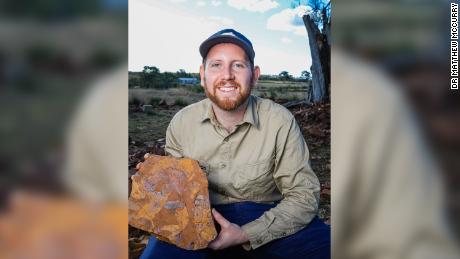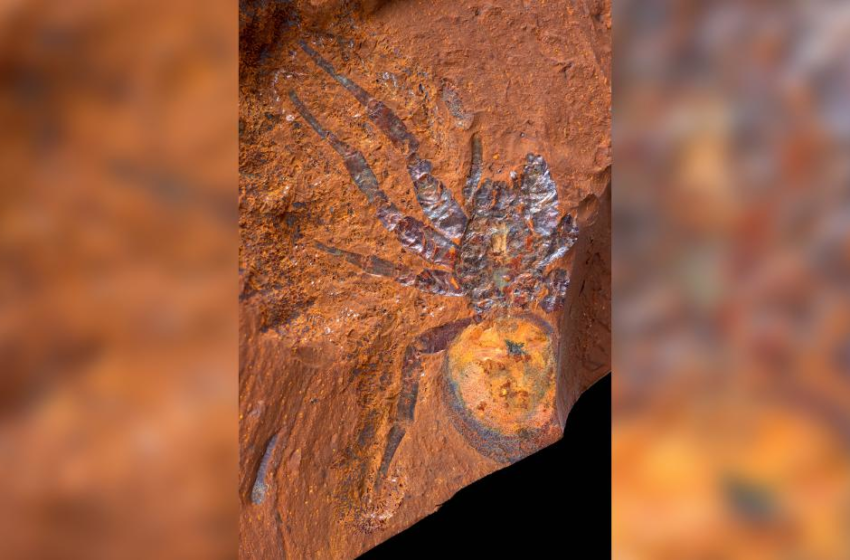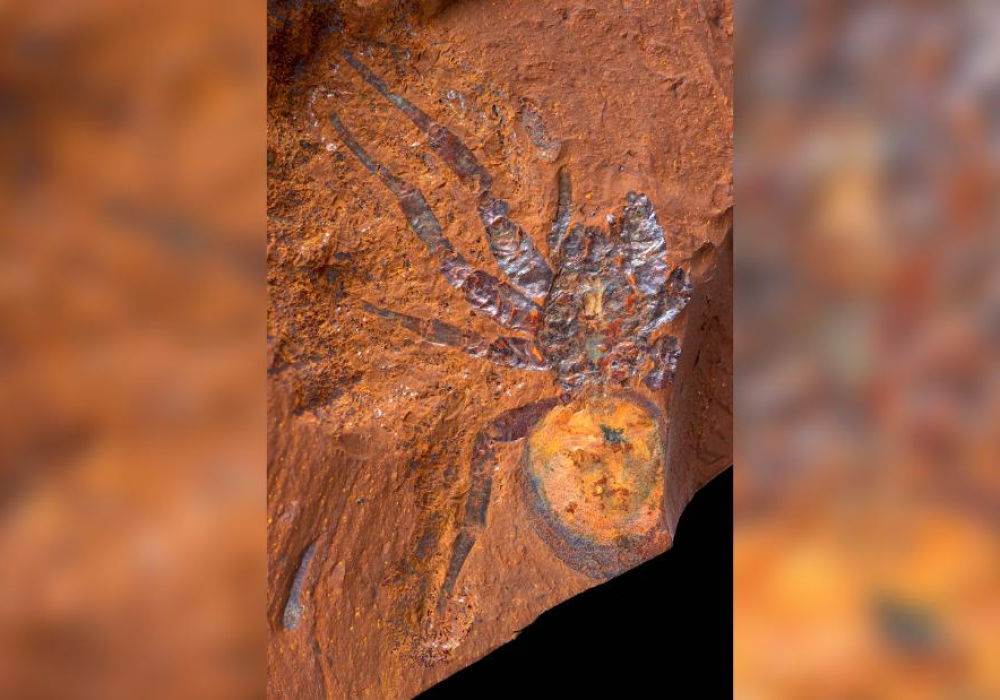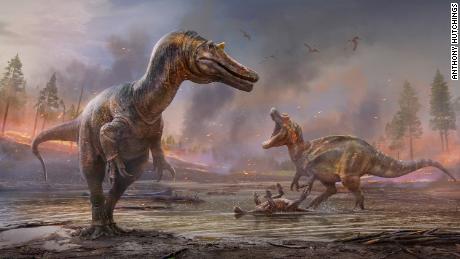The fossilized spiders, cicadas, wasps, plants and fish, which date back to between 11 million and 16 million years ago during the Miocene Epoch, are painting a vivid picture of Australia’s once abundant rainforest ecosystems.
“It is an extremely important fossil site. It has everything that we hope for, exceptionally well-preserved fossils from a time that we don’t know a lot about,” said Matthew McCurry, a paleontologist at the Australian Museum Research Institute, who was an author of a study of the site that published in the journal Science Advances on Friday.
“The Miocene was the point in time when most of the modern Australian environments were established, and so this fossil site is really Australia’s origin story.”
During the Miocene, reduced precipitation caused rainforests around the world to shrink, leading to increasingly arid landscapes, the study said.
The site, named McGraths Flat and located in the Central Tablelands, near the town of Gulgong, was discovered by a local farmer, who found fossilized leaves in one of his fields, McCurry said.
McCurry and his colleagues visited and excavated the site seven times.
Cache of well-preserved fossils
“The fossils are amazingly pretty to look at, and by using a microscope we can look at the detail for the surfaces of the fossils that are also amazingly well preserved,” he said via email.
“Features like the individual cells and even organelles within the cells can be seen. This level of detail allows us to say so much more about what these ecosystems were like.”
For example, melanosomes discovered in a fossilized feather mean that the scientists can determine the feather’s color. In this case, they believe it was dark brown to black.


The site, formed from iron-rich rock, was destined to be regarded as a Lagerstätte, McCurry said, a German term paleontologists use to describe an exceptional site with many perfectly preserved fossils.
The plants and creatures were fossilized when iron-rich groundwater drained into a billabong, or water hole.
McCurry said that his favorite fossil was a type of spider, which was the most well-preserved spider fossil ever found in Australia.
“It’s an extremely beautiful specimen.”












